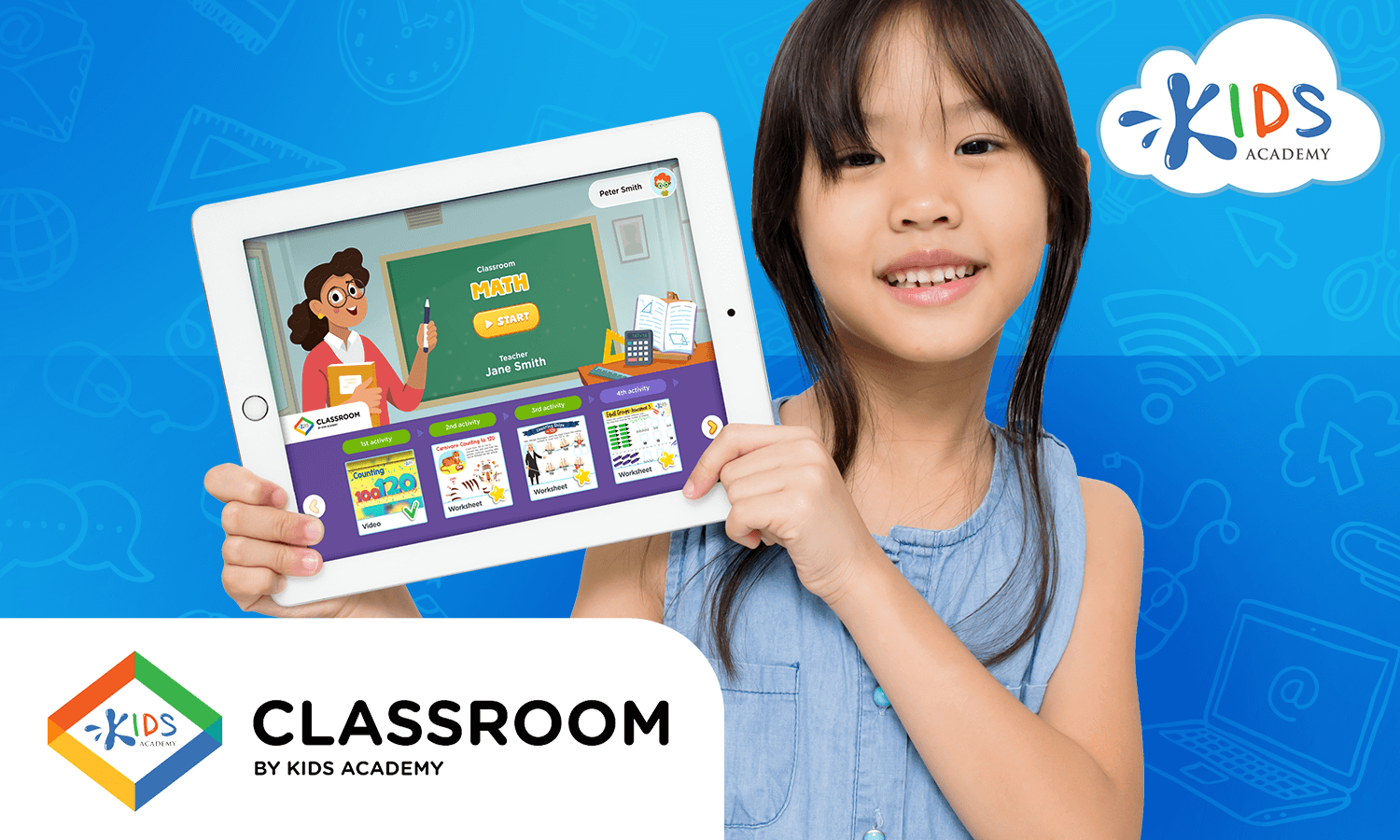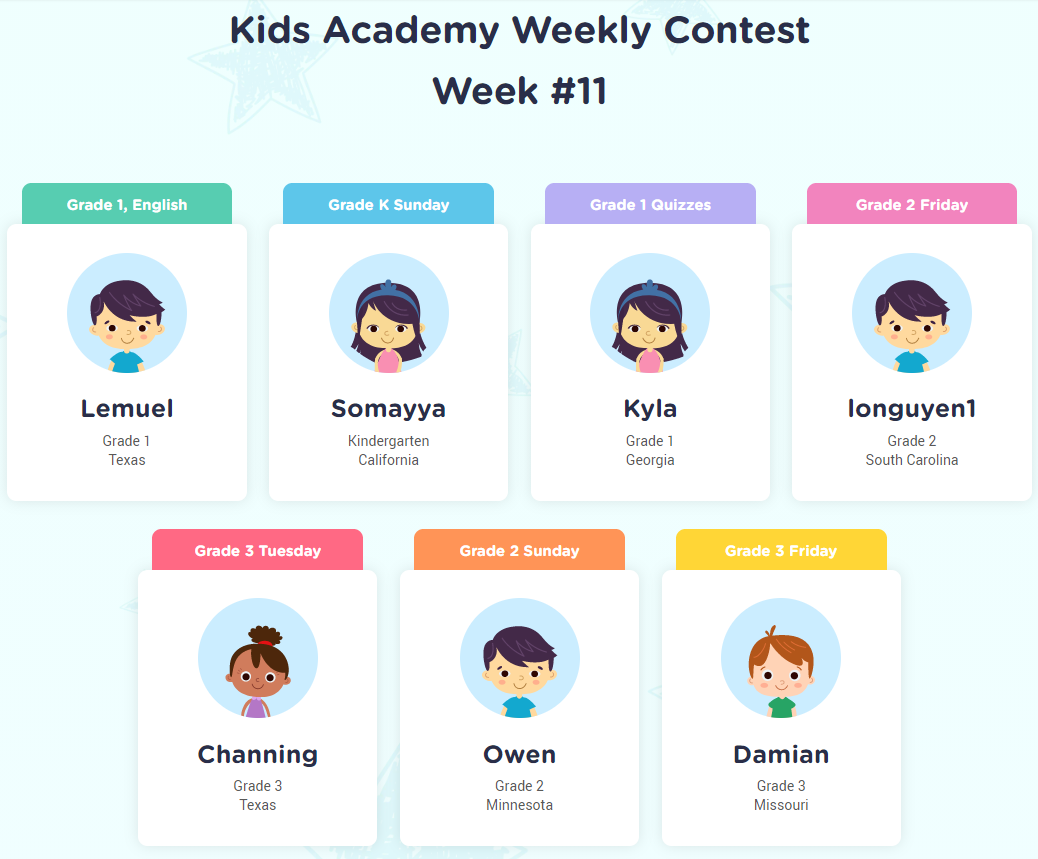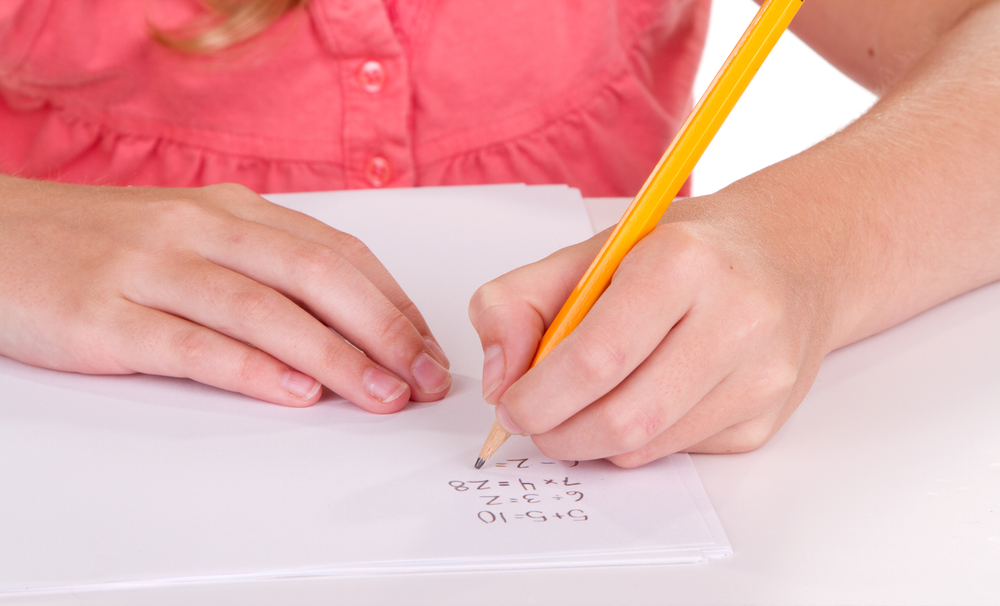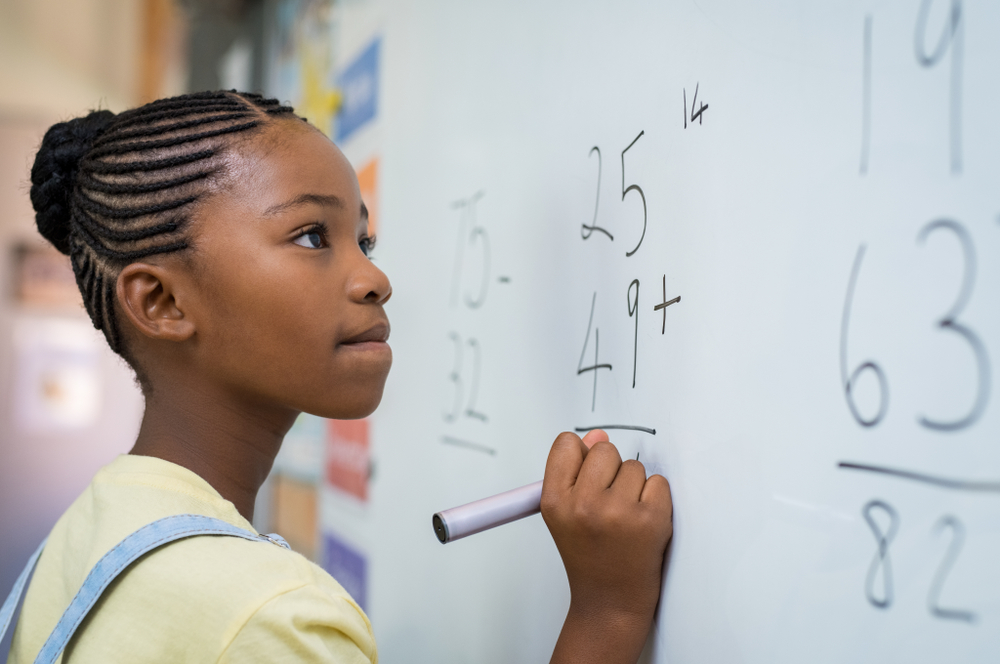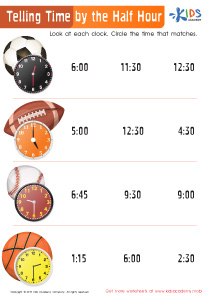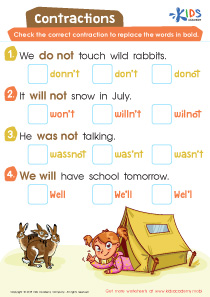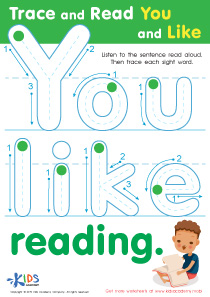Chess strategy understanding Normal Grade 1 Worksheets
3 filtered results
-
From - To
Enhance your child's critical thinking and problem-solving skills with our "Chess Strategy: Understanding" Normal Grade 1 Worksheets. Designed for young learners, these worksheets introduce fundamental chess concepts in a fun and engaging way. Students will explore essential strategies through interactive activities that promote strategic planning and cognitive development. Our resources help build a strong foundation in chess, encouraging children to think ahead and make thoughtful decisions. Perfect for both classroom use and at-home learning, these worksheets provide opportunities for kids to practice essential skills while enjoying the classic game of chess. Download now and start your child's journey into the world of chess!
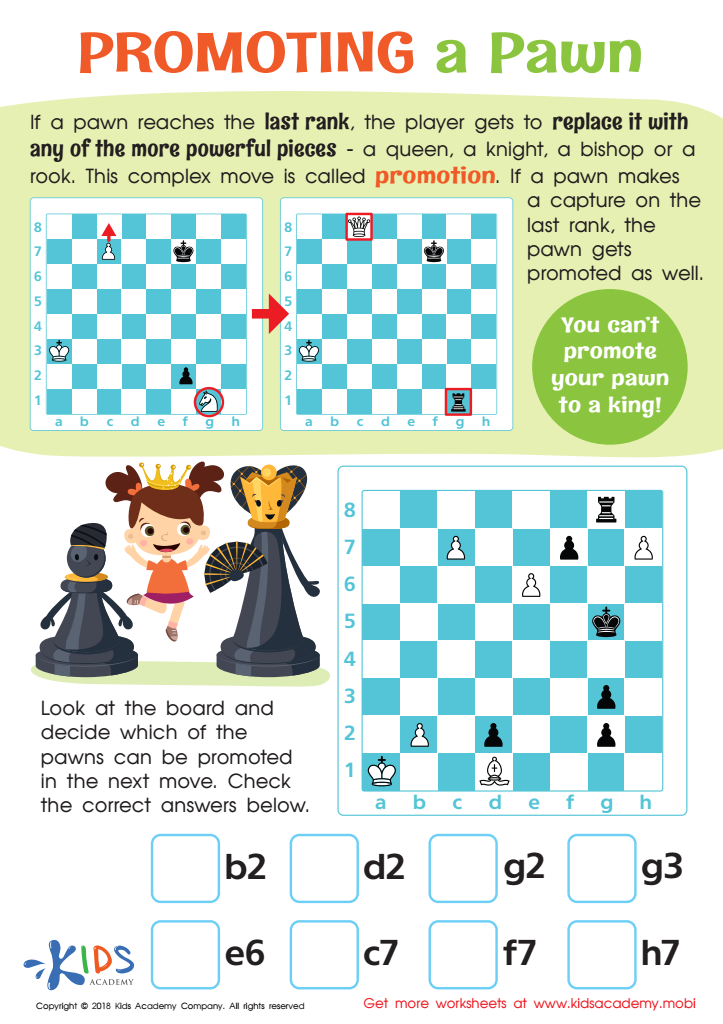

Promoting a Pawn Worksheet
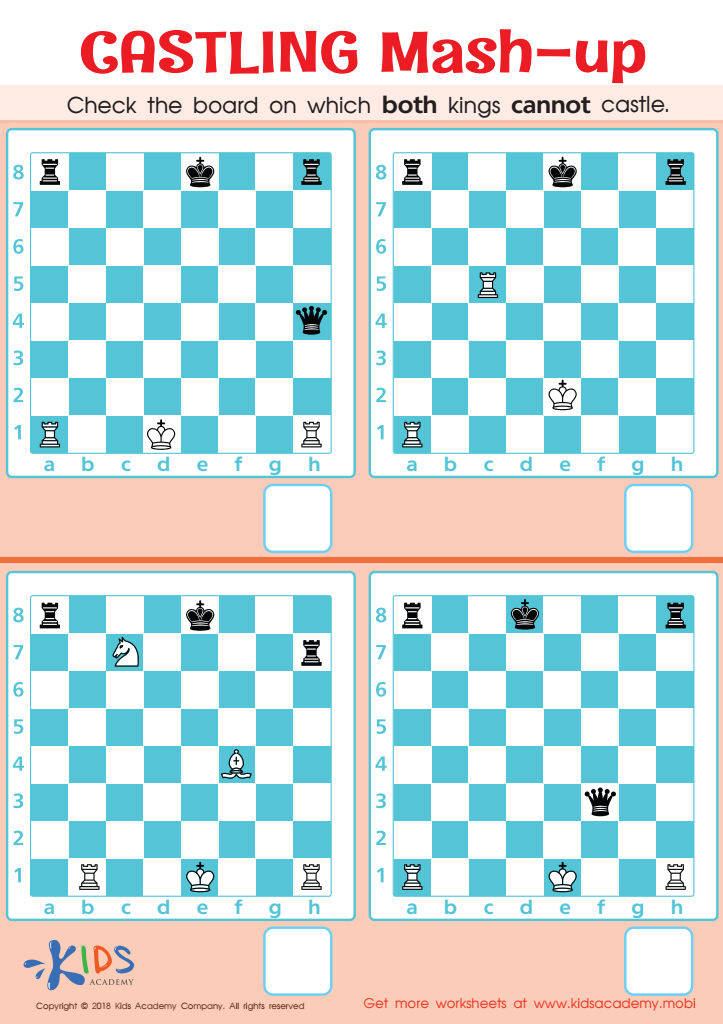

Castling Mash–up Worksheet
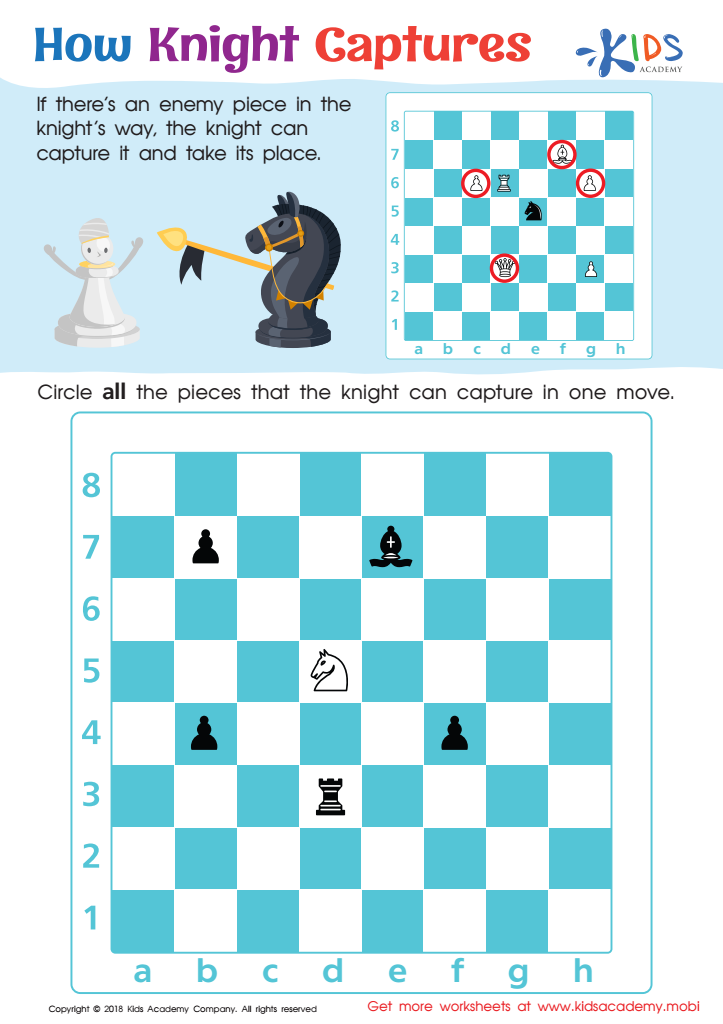

How Knight Captures Worksheet
Learning chess at a young age can have a significant positive impact on children, especially in Grade 1. Understanding chess strategy helps develop critical thinking and problem-solving skills, which are essential for academic success. Chess encourages children to think ahead, analyze different outcomes, and develop planning abilities. While playing the game, they learn to consider their opponent's moves and adopt a strategic mindset.
Additionally, chess promotes social interaction. As children engage with peers in friendly matches, they learn valuable lessons in sportsmanship, patience, and respect for others. These interactions improve communication skills and build self-confidence.
Moreover, chess teaches the importance of patience and focus. Children must concentrate and deliberate on their actions, skills that transfer to other learning areas, such as reading or math. Parents and teachers should recognize that chess can be a fun and engaging way to enhance cognitive development while keeping kids entertained.
Ultimately, incorporating chess into a Grade 1 curriculum or encouraging play at home lays a solid foundation for critical cognitive skills, emotional intelligence, and social skills, enriching children's overall development.

 Assign to My Students
Assign to My Students




